
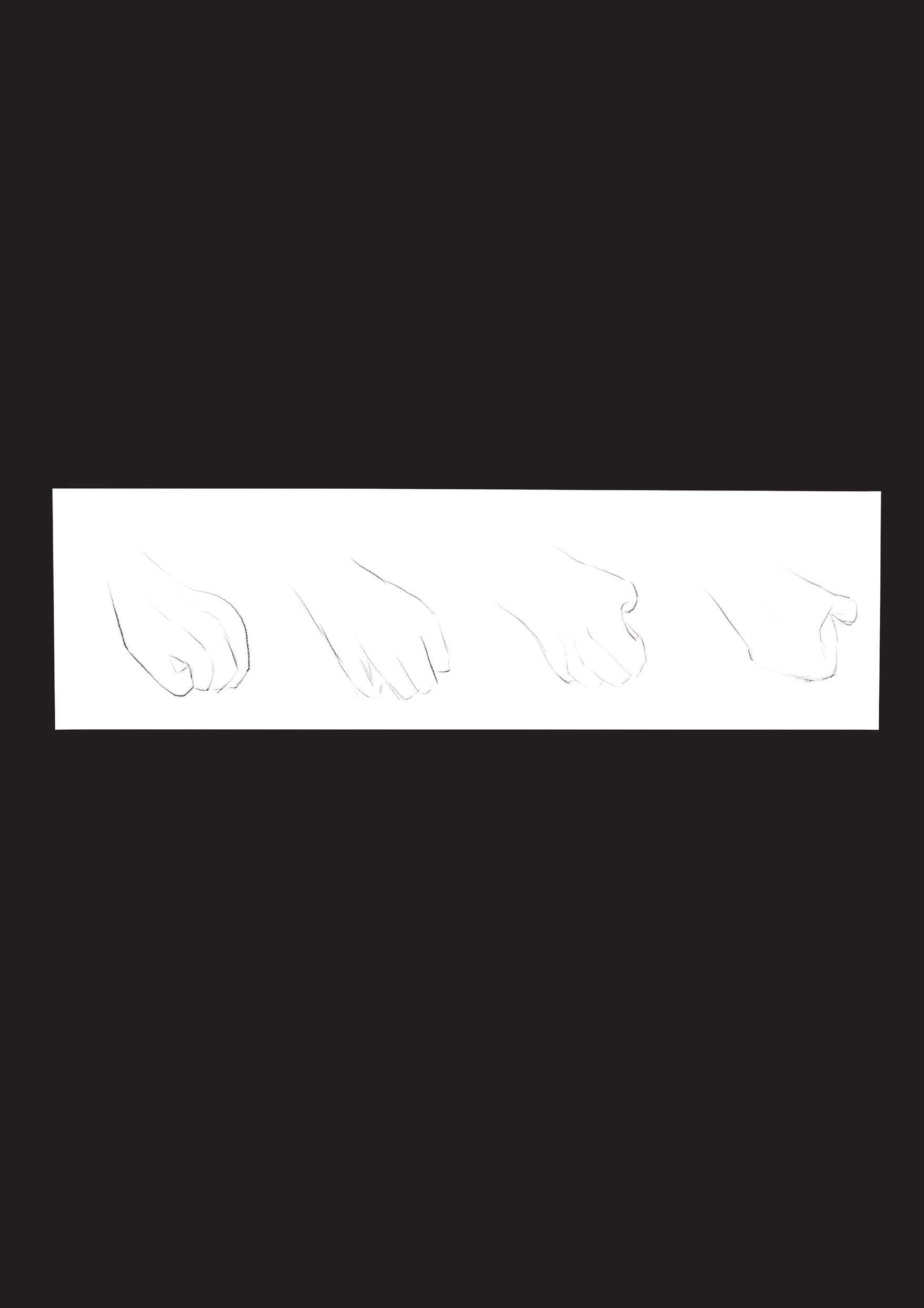
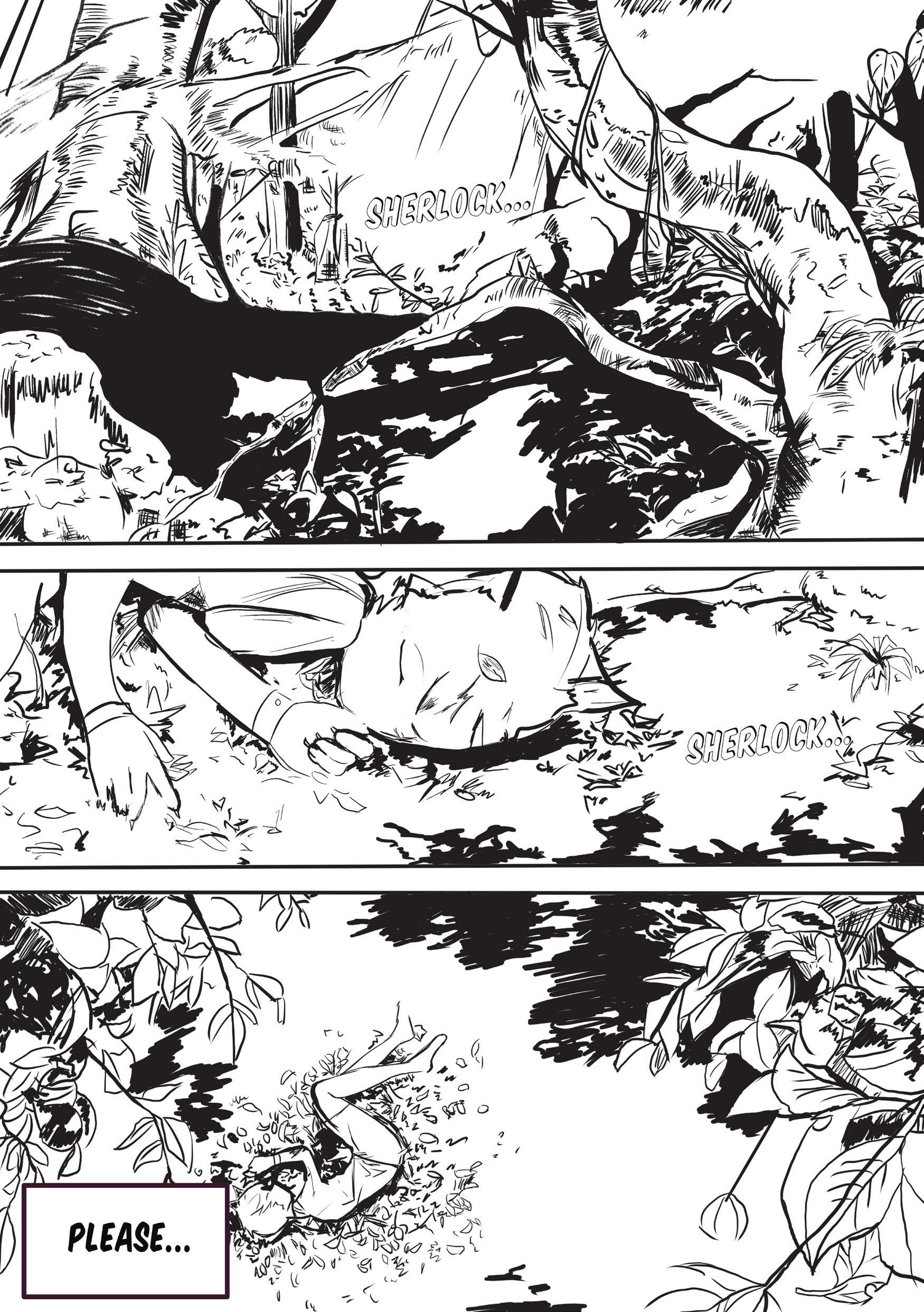


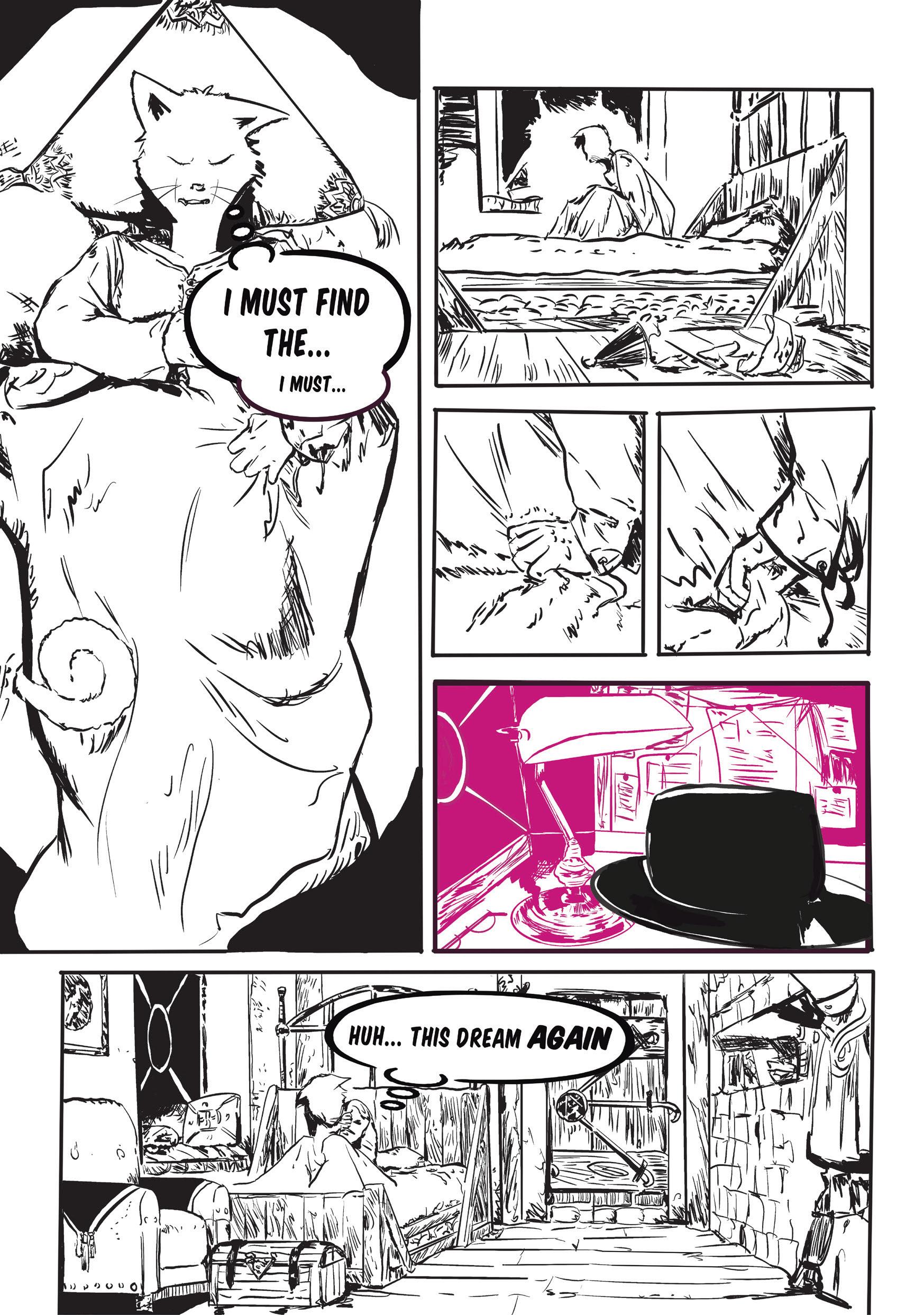

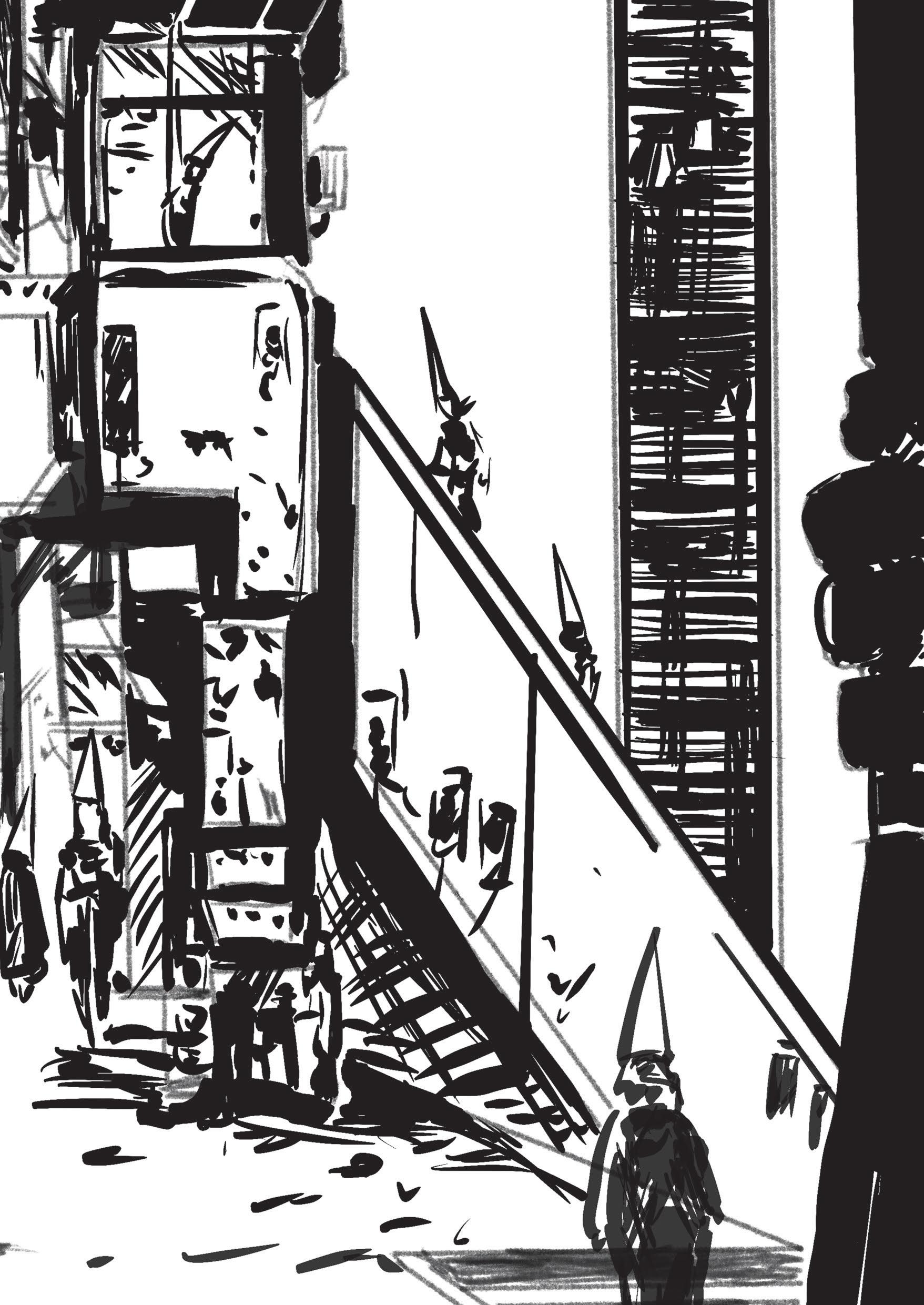



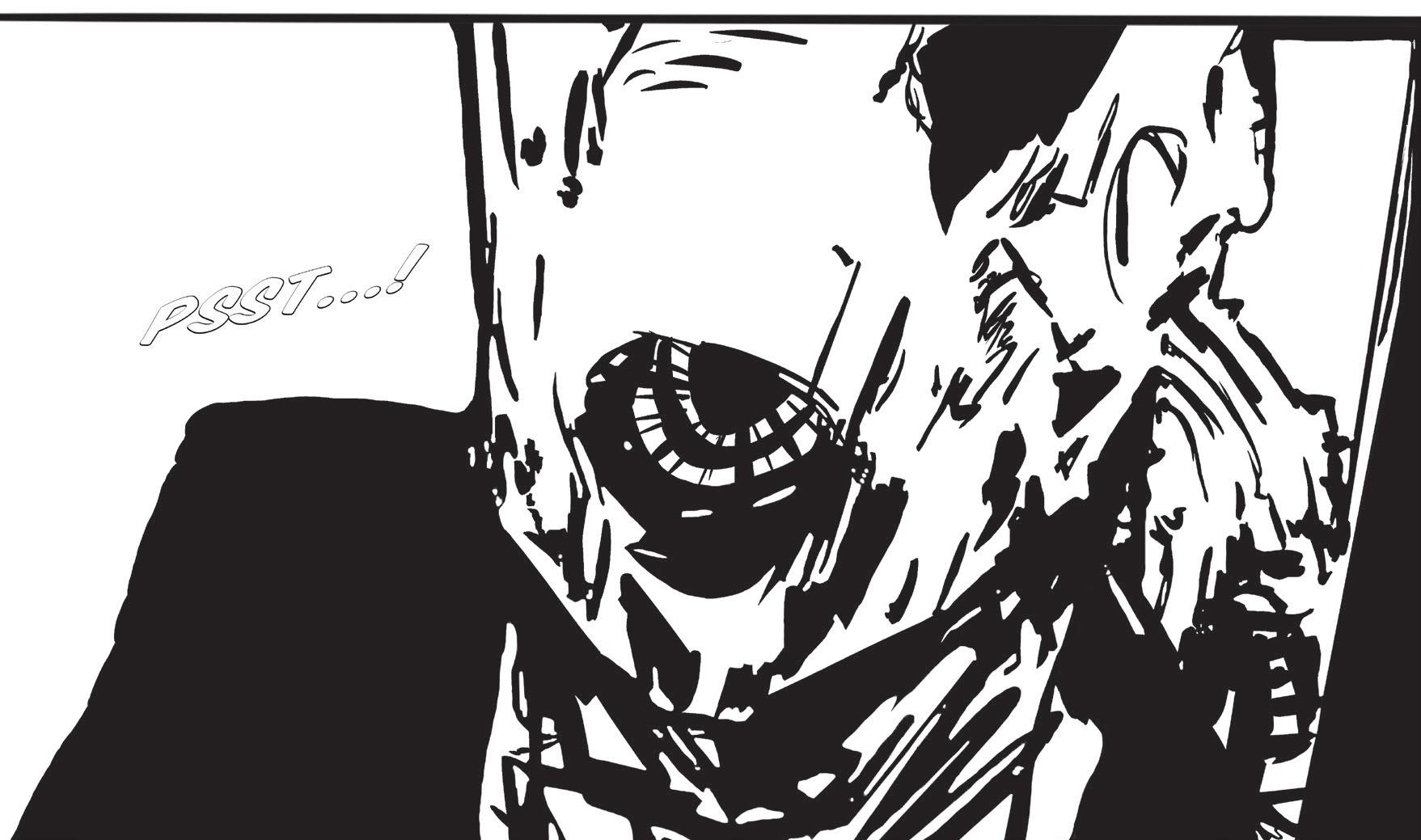
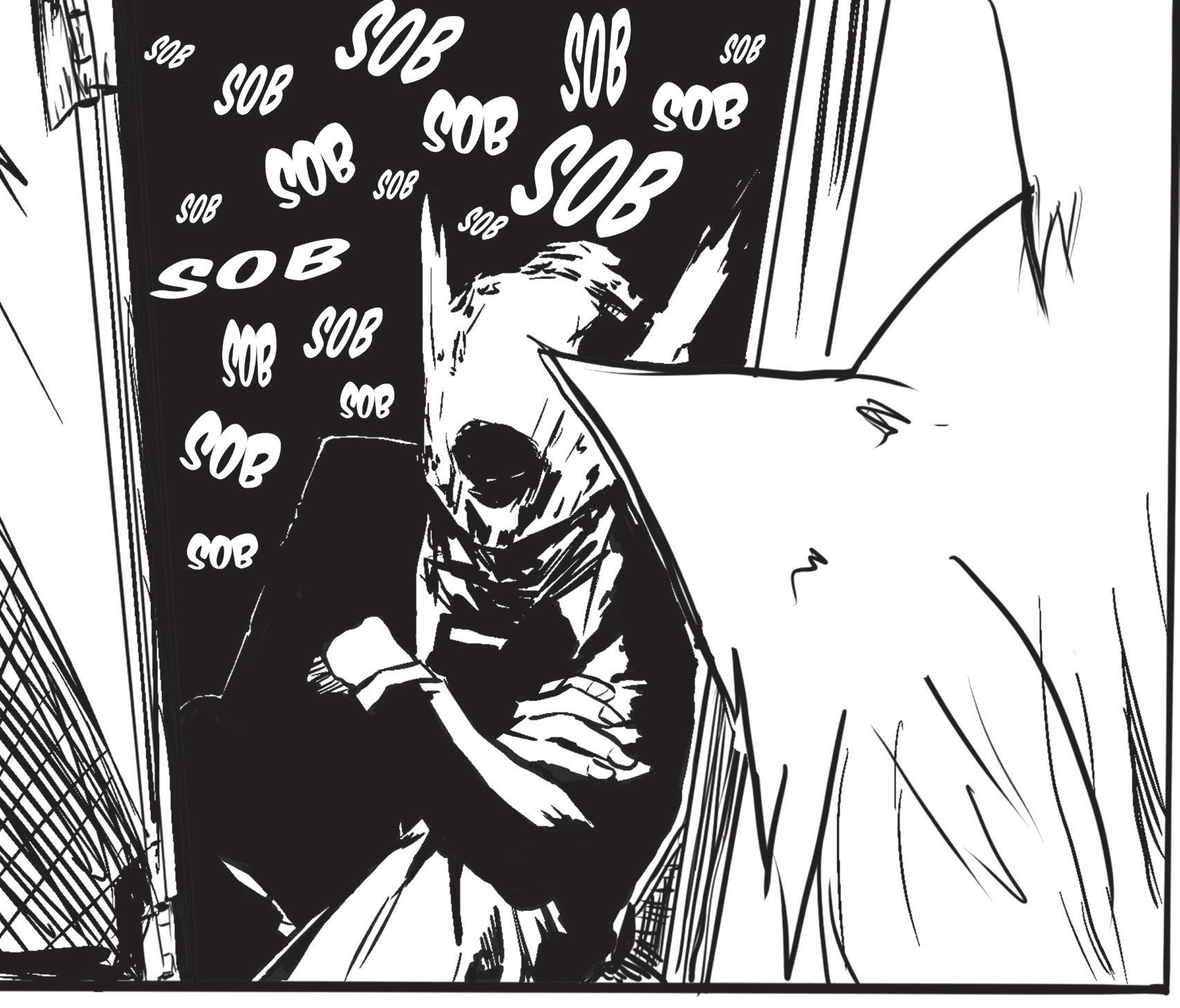



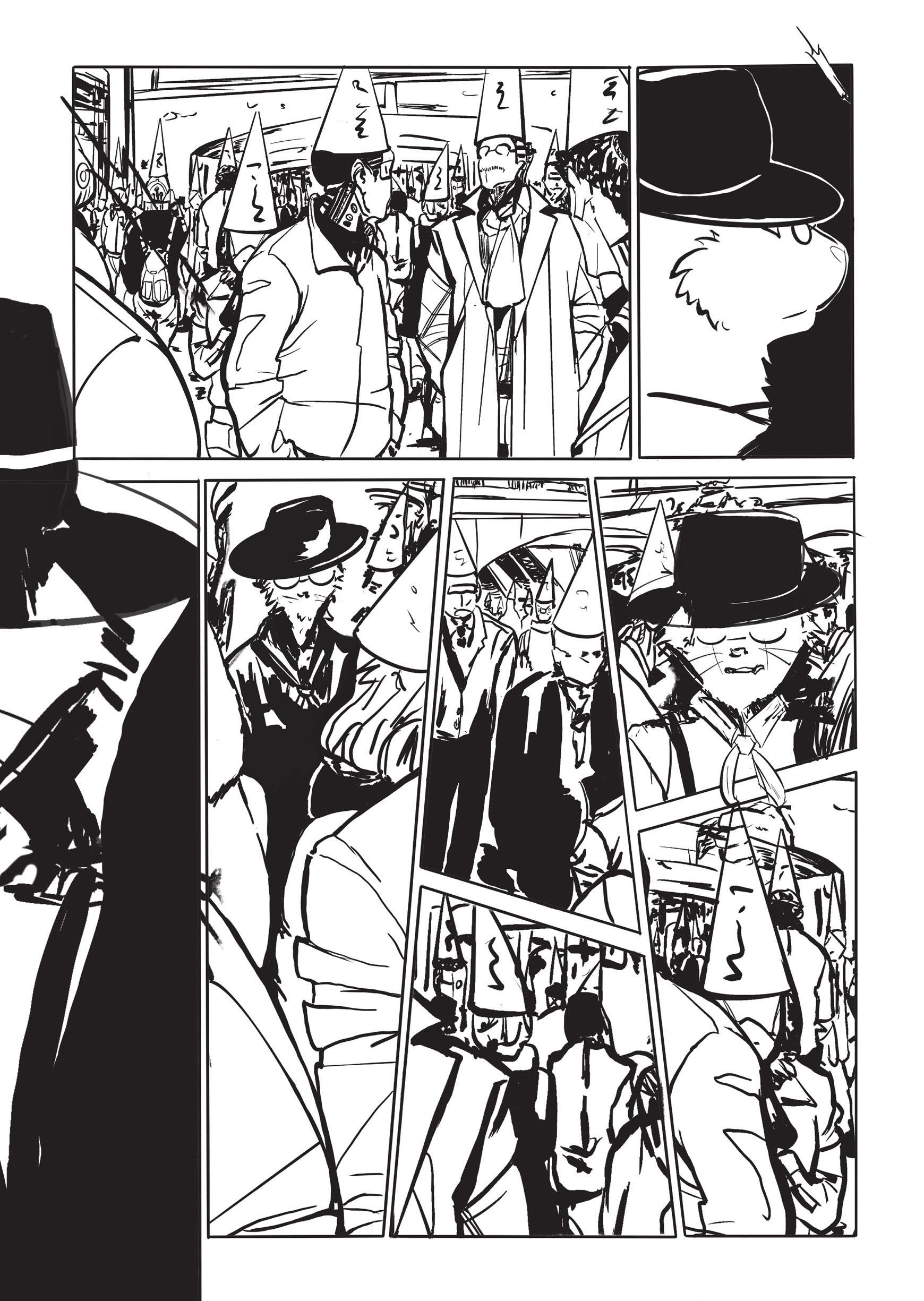
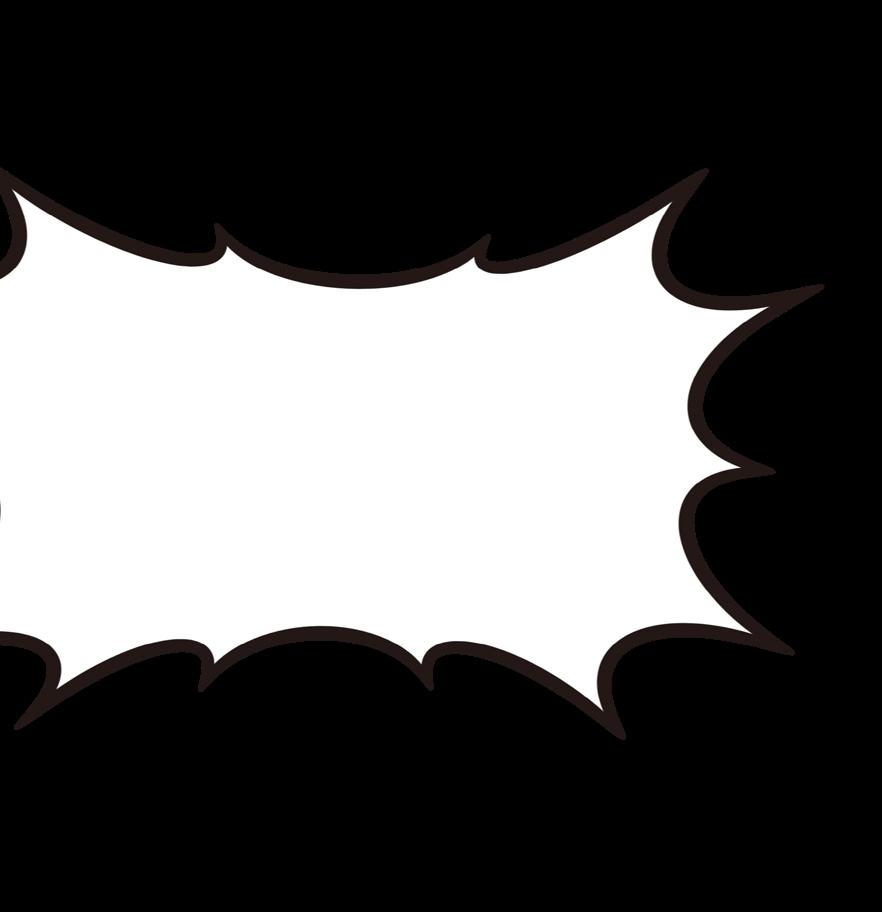
OH GOD... Everybody wears this stupid hat
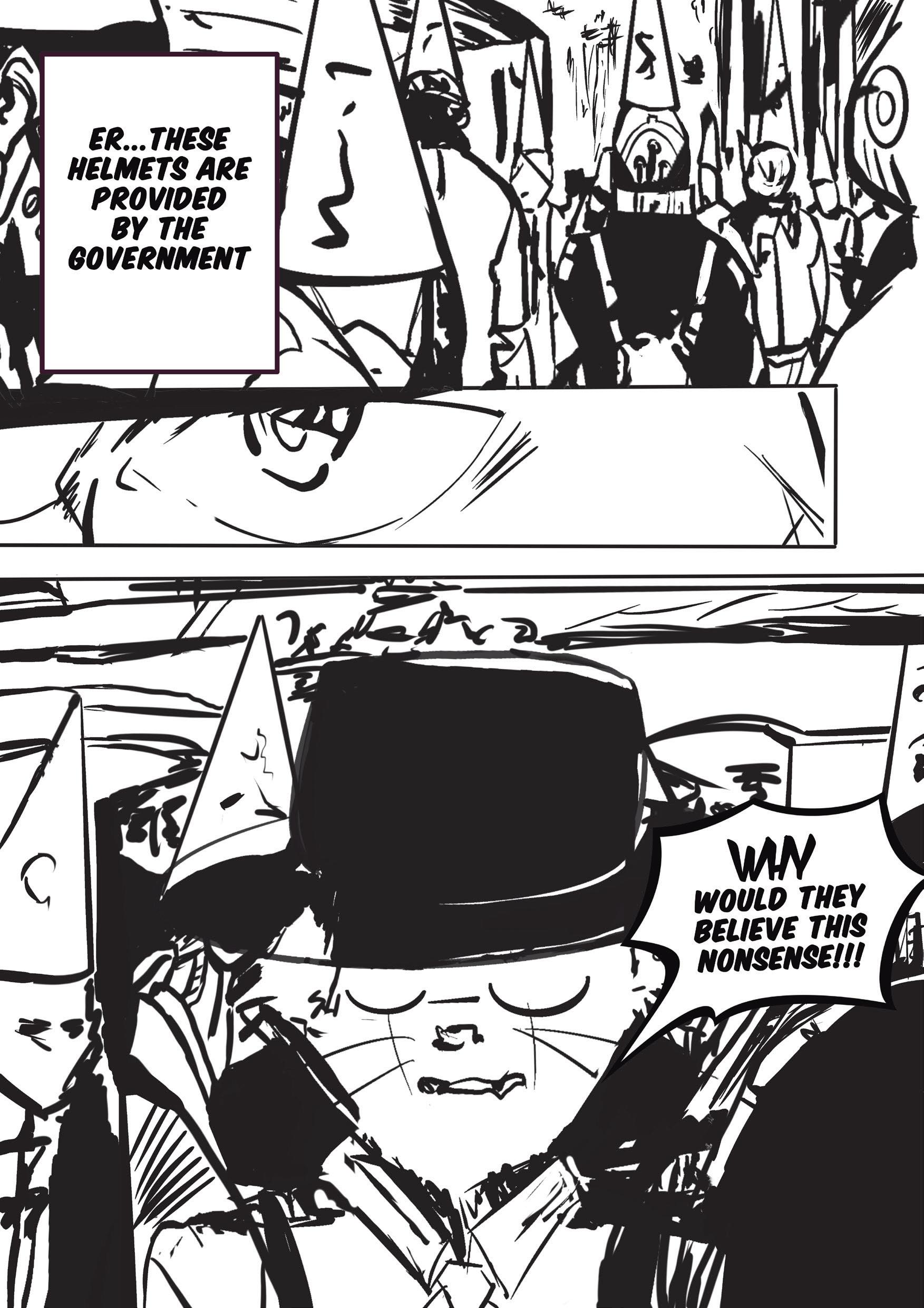

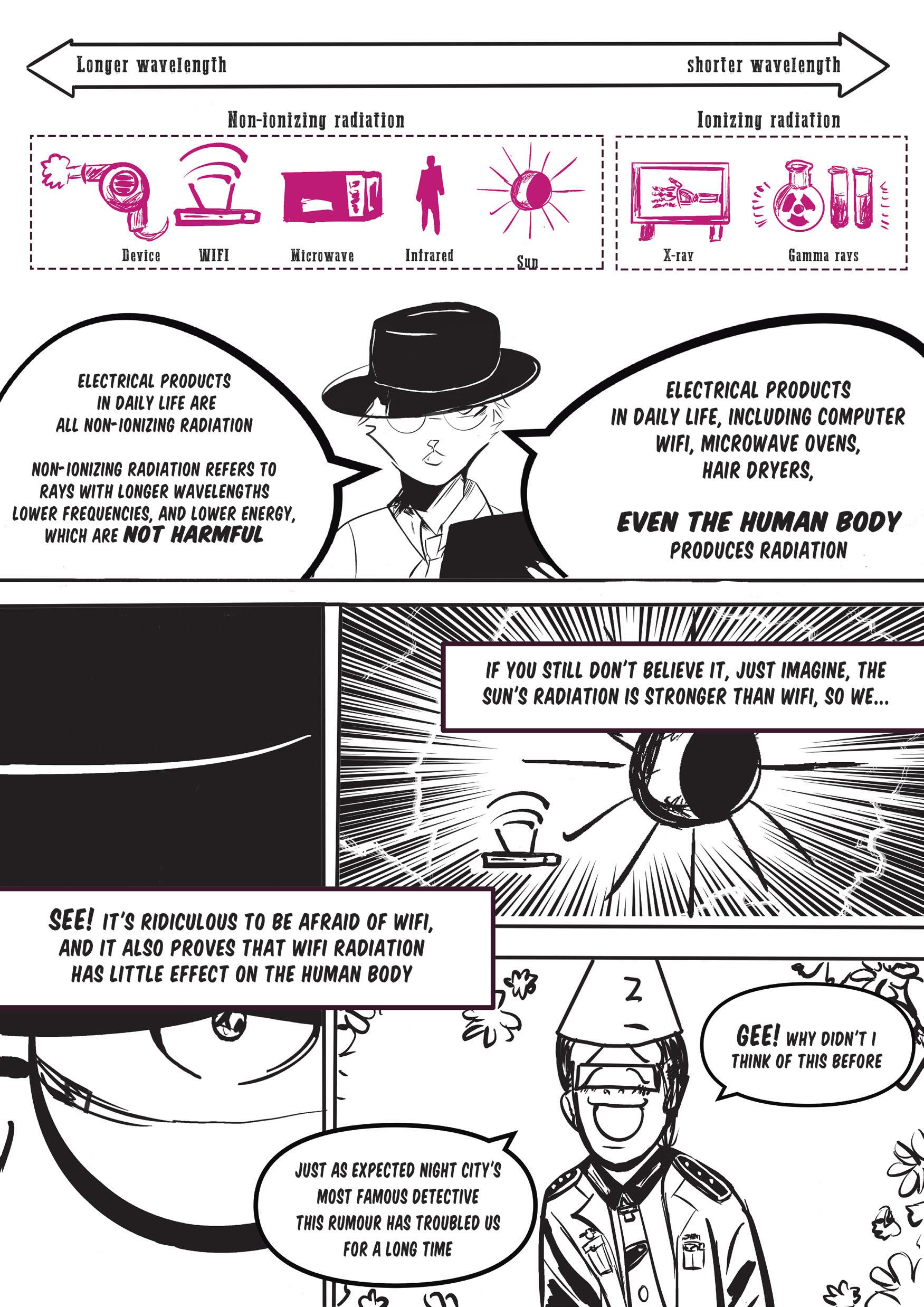
Well done!! Sherlock
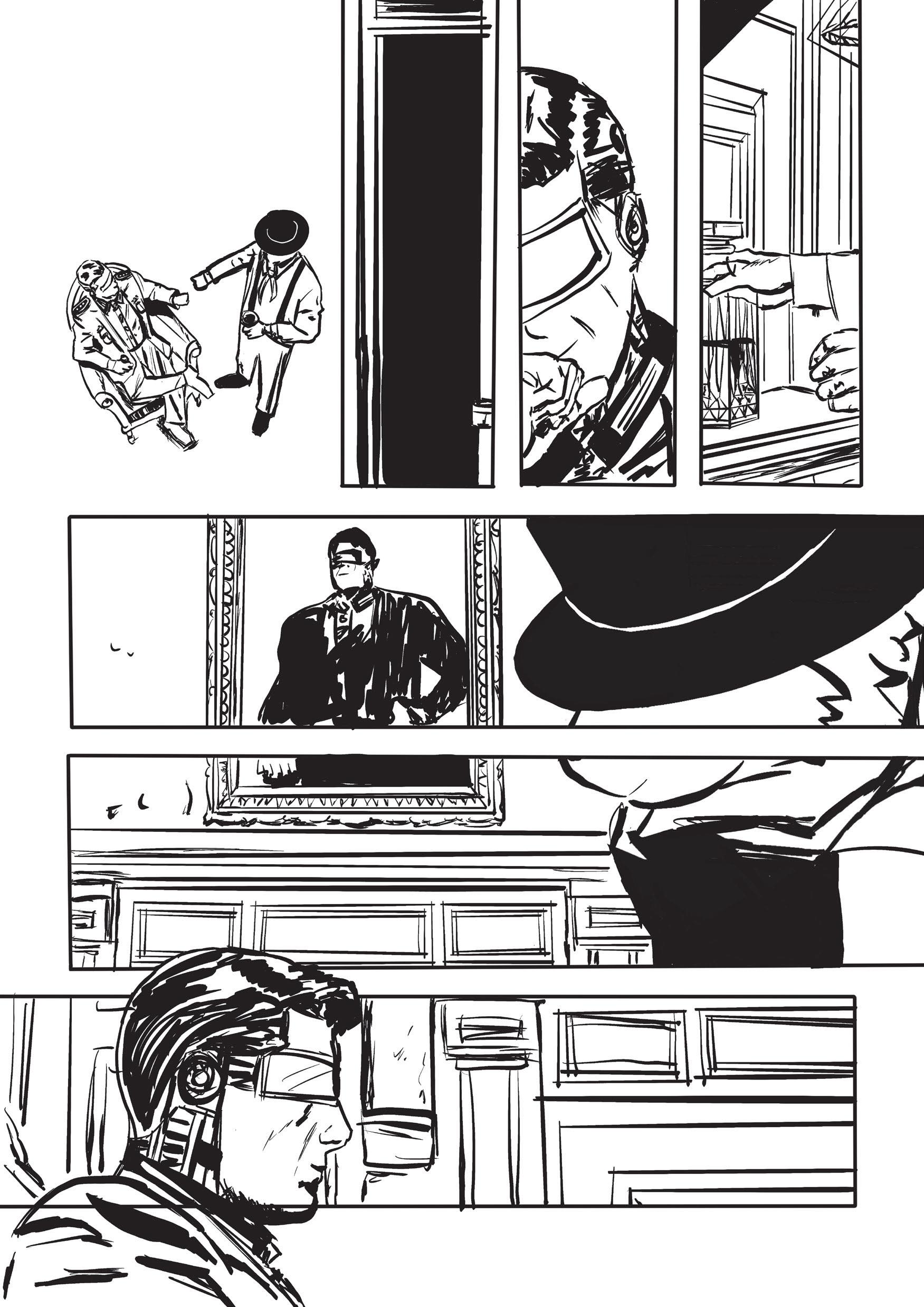
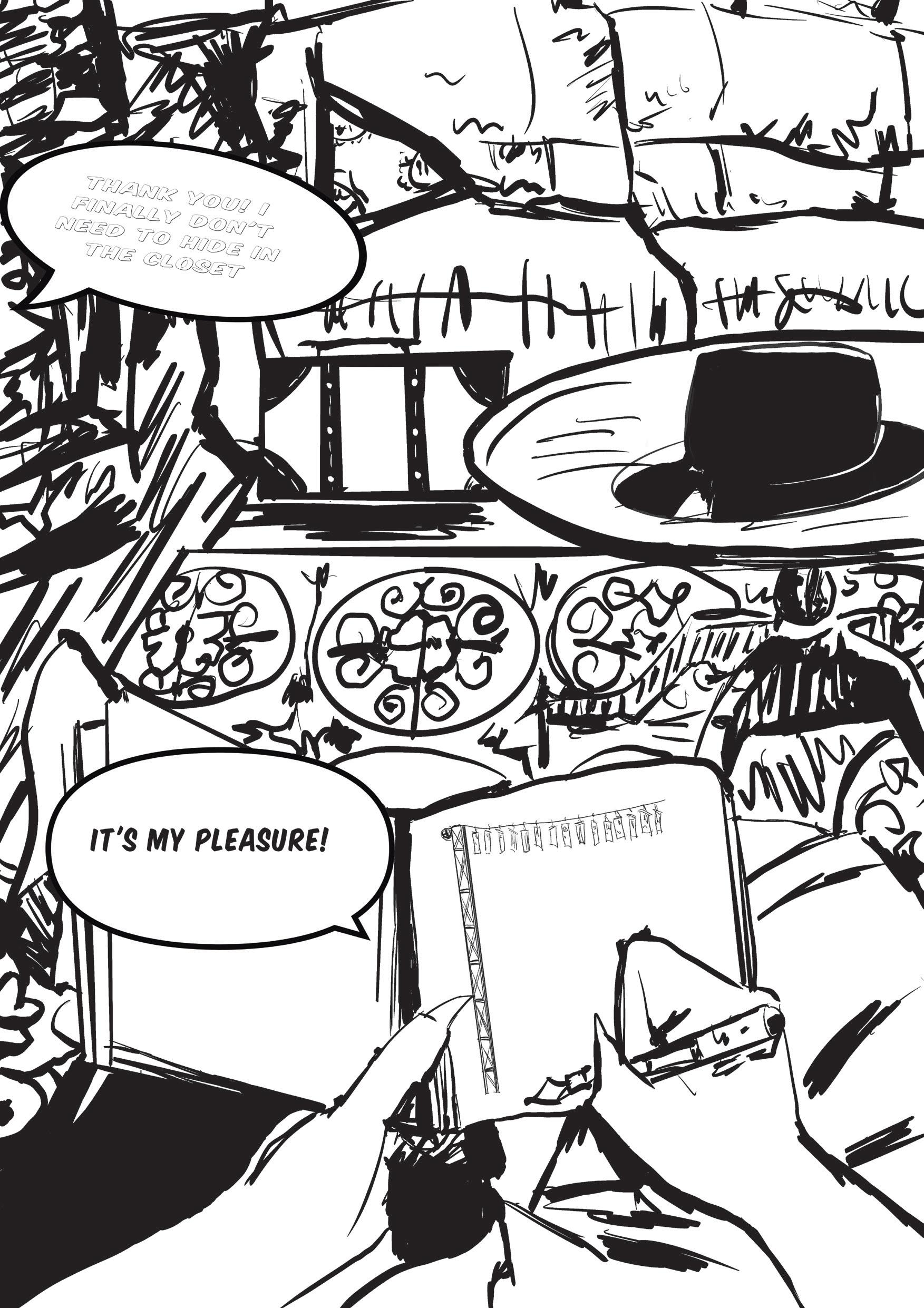



















OH GOD... Everybody wears this stupid hat






By comparing two or more similar things, infer that they may also be similar in other respects, so as to support your own point of view. In daily life, let mice or monkeys and other animals similar to human physiological structure take or inject new drugs, and then observe Whether the drug works or has
side effects in these animals. Ideally, one would assume that the drug would work similarly in humans. The reasoning behind this assumption is analogical reasoning: similar physiological structures should respond to similar drugs in the same way, and this method is also used in the comics.
Let us call the main term (Y) of the conclusion the primary subject
The thing (X) compared with the main item is called analogue

“Similarities”
The similarities between the main term and the analogous term (that is, the properties F, G, and H mentioned in the argument that both have) are called “similarities”. The property (Z) mentioned in the conclusion is called “target property”
It is easy to see that the form of the argument by analogy allows substitution instances with true premises and false conclusions (substitution instances of the form of the argument are concrete arguments). In other words, this form is not the form of a deductively correct argument. In fact, arguments of this
form can be downright absurd. For example:[Premise 1]: Both Jr John and John have heads, hands, and feet.


[Conclusion 1]: Therefore, Jr John is similar to John.
[Premise 2]: Jr John is Rey's husband.
[Conclusion 2]: Therefore, John is Rey's husband.
F,G,H
The three key elements of a syllogism are as follows:

The premises and the conclusion include only statements of the following form: Every X is Y, Some X is Y, No X is Y.

These arguments are sometimes known as syllogisms. What we want to determine is whether they are valid. In other words, we want to find out whether the conclusions of these arguments follow logically from the premises. To evaluate validity, we want to check whether the conclusion is true in a diagram where the premises are true. Here is the procedure to follow:
1.Draw a Venn diagram with 3 circles.
2.Represent the information in the two premises.

3.Draw an appropriate outline for the conclusion. Fill in the blank in "If the conclusion is true according to the diagram, the outlined region should ________."
4.See whether the condition that is written down is satisfied. If so, the argument is valid. Otherwise not.
(Premise #1) Every whale is a mammal.
(Premise #2) Every mammal is warm-blooded.


(Conclusion) Every whale is warm-blooded.
(Premise #1) Some fish is sick.
(Premise #2) No chicken is a fish.
(Conclusion) No chicken is sick.
Let us apply this method to the first argument on this page :
Step 1 : We use the A circle to represent the class of whales, the B circle to represent the class of mammals, and the C circle to represent the class of warm-blooded animals.





Step 2a : We now represent the information in the first premise. (Every whale is a mammal.)

Step 2b : We now represent the information in the second premise. (Every mammal is warm-blooded.)
Step 3 : We now draw an outline for the area that should be shaded to represent the conclusion. (Every whale is warm-blooded.) This is the purple outlined region. We write: “If the conclusion is true according to the diagram, the outlined region should be shaded.”
Step 4 : Since this is indeed the case, this means that whenever the premises are true, the conclusion must also be true. So the argument is valid.

In the diagram above, we have already drawn a Venn diagram for the three classes and encode the information in the first two premises.

Every A is B.
Some B is C. Therefore, some A is C.
To carry out the third step, we need to draw an outline for the conclusion. Do you know where the outline should be drawn?
If the argument is valid, there should be a complete tick inside the outlined region. But there isn’t “there is only part of a tick”


So this tells us that the argument is not valid.
Every A is B. Some B is C. Therefore, some A is C.

Some A is B. Every B is C. Therefore, some A is C.
tep 1 : Representing the first premise.


Step 2 : Representing the second premise. Step 3 : Add outline for conclusion.


Some A is B.

Every B is C. Therefore, some A is C.

Step 4 : If the argument is valid, there should be a complete tick inside the outlined region. And indeed there is. Although part of the tick is outside the outlined region, that part of the tick appears only in a shaded area. So in effect we have a complete tick within the p—urple outlined region. This shows that the argument is valid.


Some A is B. Every B is C. Therefore, some A is C.





If the above two statements are true, we get: c. Without nuclear weapons, the world is likely to be destroyed by man-made disasters.
So is c correct? If there is a mistake, where is it?



b. Assuming that the leaders of various countries are not worried about nuclear war, the world is likely to be destroyed by manmade factors. When we look at this sentence alone, if we ignore the semantics and other external interpretations and make it true, Then according to deductive reasoning, the statement of C is indeed true.
related, so the inference of c is not correct.
The "if world leaders would not be afraid of war with nuclear weapons" interpretation of a.b is actually different:
a: Since it won't happen, there's nothing to worry about.
b: Even if it happens, don't worry about it.
Therefore, in the case of semantics (including the contextual connection of the two sentences), the two sentences are not
Thinking about it in another way, argument b is true under common sense and actually has the premise of "even if there are nuclear weapons", and the reason why c is wrong is that this premise contradicts with's "if there are no nuclear weapons".
That is to say, the statement b is not true under the unspecified conditions, so it cannot be inferred in this way.

The situation that the topic leads to contradictions with the facts can be found after adding common sense inferences

Sherlock Holmeow, who runs a detective agency, and this detective agency has a strange and mysterious...

“Nothing is so firmly believed as that which we least know.”



-Michel de Montaigne, The Complete Essays.
